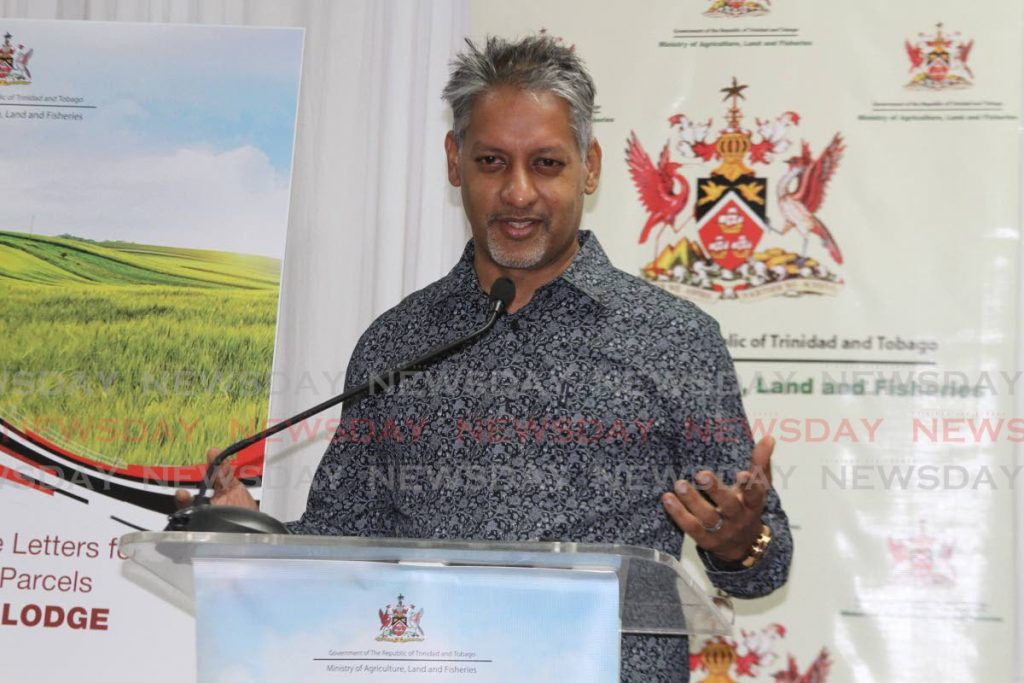Time to end sad saga of Caroni lands

Minister of Agriculture, Land and Fisheries Clarence Rambharat reminded former Caroni workers on Wednesday to cultivate the land they had been allocated for farming.
This time, he added a clear threat. Farm the land or lose it.
The agriculture minister is right to be worried about the status of land allocated for farming. Just 15 per cent of more than 3,000 plots have been identified as being used for growing crops.
Mr Rambharat also noted that a $400 million investment in 2015 to improve road access to the two-acre parcels in south and central Trinidad has led to no increase in cultivation.
"It is always an excuse," he fretted.
The lands that worry the minister were part of the voluntary separation enhancement packages (VSEP), agreement for the shutdown of Caroni (1975) Ltd, which ended large-scale sugarcane cultivation in this country.
Nowhere in Mr Rambharat's remonstrations, however, was there any insight into why 85 per cent of land recipients aren't putting it to its intended use.
The entire history of this land grant has been troubled from the start.
The lands of Caroni (1975) were subject to extensive squatting even before it was closed.
By July 1991, the company had rented 11,850 acres to 4,300 tenant cane farmers, with another 11,861 acres leased to 5,500 private cane farmers.
This defied the reality of sugar production, which was barely profitable even with Commonwealth subsidies and incentives. The company was an inefficient, loss-making operation when the government bought into, then bought out Tate and Lyle.
In 1992, Caroni's liabilities had mounted to $2 billion and the government chose to pay off the debt. By 2003, the debts were insurmountable and the company was shut down.
Caroni (1975) and its land assets have always been a tool – or weapon – of politics, complicating efforts to organise it as a business. Little has been done to pursue the results of a 2003 UWI study of the potential of its 78,780 acres of arable land. There has been no establishment of a skills bank profiling the former workers. Irrigation systems have been implemented spottily and with no strategy to deliver a value-driven outcome. Most of the plans simply disappeared, offering no points of political leverage.
Land distribution took more than a decade to sort out, leaving the former Caroni workers in a bureaucratic limbo.
At a lease distribution ceremony in December 2017, Mr Rambharat noted that the VSEP package given to the former workers cost $18 billion, including land assets valued at $10 billion.
Of course this asset should not be allowed to continue to go to waste. But before complaining so publicly, shouldn't the Agriculture Ministry have invested some time and shoe-leather in finding out exactly what's going wrong with the plan to bring these lands into production?


Comments
"Time to end sad saga of Caroni lands"